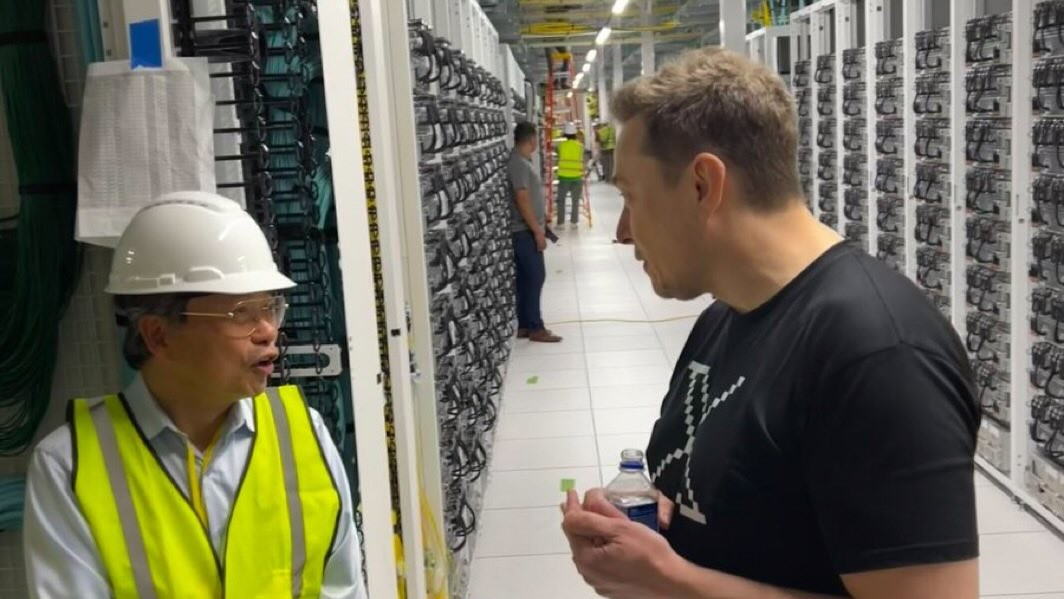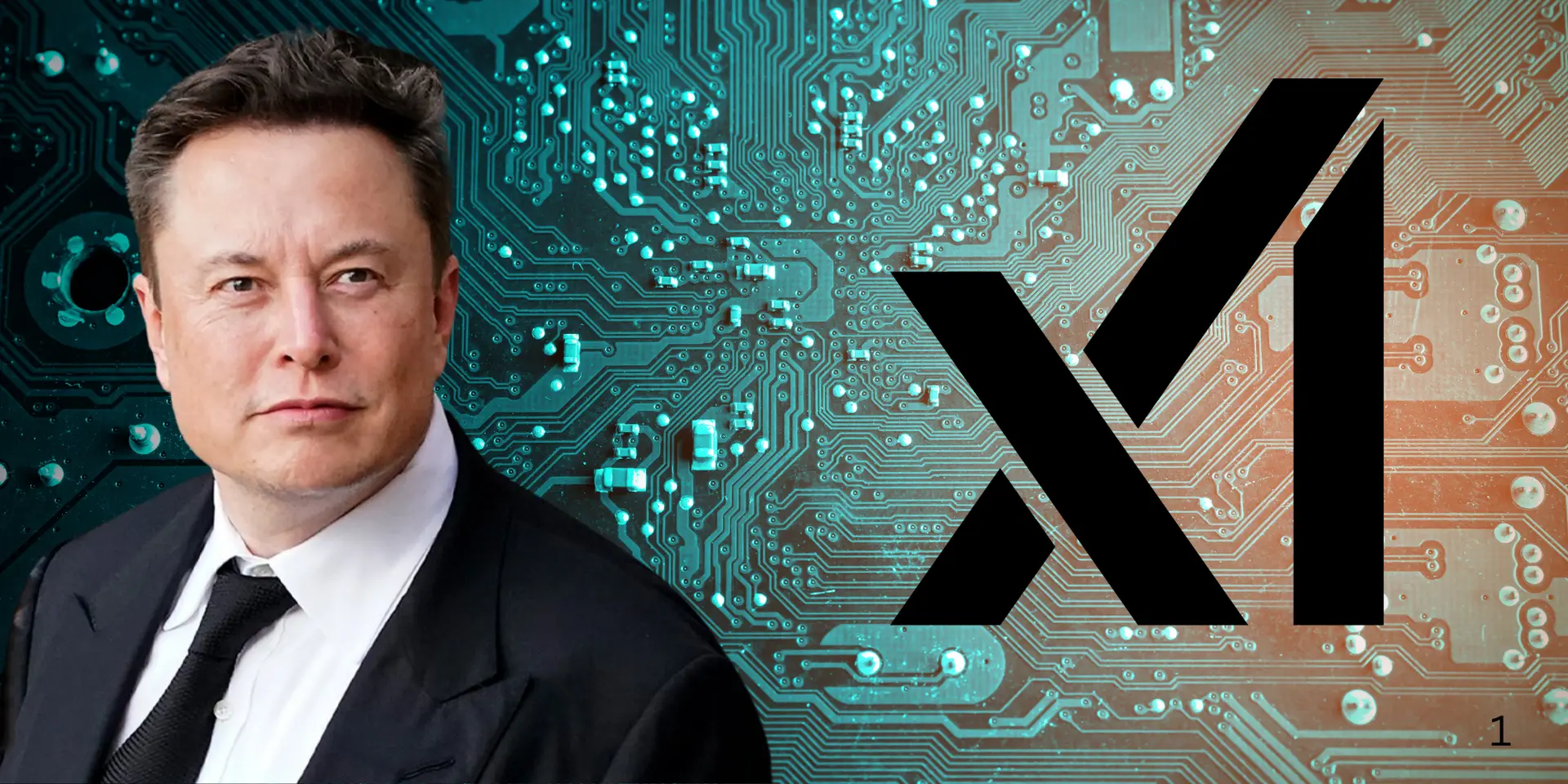
In a dramatic and revealing development, Elon Musk’s artificial intelligence startup, xAI, has undertaken a massive debt offering amounting to five billion dollars, facilitated by the global investment bank Morgan Stanley.
This bold move comes amid escalating financial pressures and increasing scrutiny over the company’s ambitious efforts to carve out a foothold in the fiercely competitive AI landscape.
The scale of this debt sale is a significant indicator of both xAI’s capital needs and the high stakes involved as it races to challenge well-established AI giants and carve a distinct identity in the market.
The initiation of a five billion dollar debt sale is not merely a routine financial transaction but an event that underscores the urgency for substantial liquidity to fuel xAI’s expansive research and development plans.

While Elon Musk’s visionary leadership has propelled ventures like Tesla and SpaceX to extraordinary heights, xAI confronts a different reality where the pathway to profitability is longer, more complex, and fraught with immense technological and financial challenges.
Raising such a large sum through debt reflects the considerable investment required to develop breakthrough AI technologies, acquire top-tier talent, and build the necessary infrastructure to compete on a global scale.
Morgan Stanley’s role as the lead underwriter signals the seriousness of this fundraising effort. The bank’s expertise in structuring, marketing, and placing large debt issuances with institutional investors is critical to the success of such an endeavor.
Institutional buyers will now scrutinize xAI’s business model, growth prospects, and Musk’s ability to juggle his multiple ventures while steering this new entity through the turbulent AI sector.

The sheer size of this debt offering dwarfs typical funding rounds for startups, indicating that xAI is transitioning into a more mature, capital-intensive phase requiring robust financial management and strategic clarity.
Opting for debt financing over equity issuance reveals Musk’s strategic intention to preserve ownership and control over xAI. For Musk, who is known for his hands-on approach and strong influence in his companies, avoiding dilution of his stake is paramount.
However, this strategy comes with significant risks. Carrying \$5 billion in debt imposes heavy interest obligations and heightens financial risk, particularly in an industry where returns may not materialize quickly.
The pressure to generate consistent cash flow to meet these debt payments could influence business decisions, potentially forcing xAI to prioritize near-term commercial viability over longer-term innovative research.

This financial maneuver must be understood against the backdrop of a rapidly evolving and highly competitive AI market. With major players like OpenAI, Google’s DeepMind, and Microsoft-backed AI ventures commanding enormous resources and market attention, xAI’s ambition to become a serious competitor is daunting.
The costs associated with hiring world-class researchers, maintaining cutting-edge computing infrastructure, and deploying AI models at scale are astronomical. Musk’s hefty debt raise could enable xAI to bridge the gap with these established entities, but it also magnifies the pressure to deliver tangible breakthroughs that justify the investment.
Skeptics question whether Musk’s broad portfolio of enterprises, ranging from electric vehicles and space exploration to brain-computer interfaces, allows him sufficient focus and resources to steer xAI effectively.
While Musk’s reputation as a transformative innovator is well-earned, the AI domain’s unique challenges demand not just vision but also relentless execution and prudent financial stewardship.

The large debt burden raises concerns about potential vulnerabilities, including cash flow constraints and increased scrutiny from creditors, which could limit xAI’s operational flexibility.
Investor sentiment will be pivotal as this debt offering unfolds. The reception of the $5 billion issuance by bond markets will reflect confidence or caution toward xAI’s future prospects.
If the offering is well-received with strong demand and favorable pricing, it will send a powerful signal of trust in Musk’s vision and xAI’s potential. Conversely, weak demand or high borrowing costs would highlight investor apprehension and raise questions about the company’s sustainability and strategic direction.
The implications of this financing move extend beyond xAI’s balance sheet. It represents a microcosm of the broader tension in cutting-edge technology ventures between ambitious innovation and financial discipline. As AI technologies continue to reshape industries and societies, the stakes for startups like xAI have never been higher.

The pressure to innovate while managing financial health demands a delicate balance that few companies achieve, and Musk’s latest maneuver will be closely watched as a test case for his ability to navigate these complexities.
This unprecedented $5 billion debt issuance also raises questions about Musk’s overall strategy in managing his diverse enterprises simultaneously. Juggling multiple companies, each with its own technical and commercial hurdles, requires exceptional managerial acumen.
Observers will be keen to assess whether Musk’s leadership can sustain momentum across all fronts or whether spreading his focus could jeopardize xAI’s success amid intensifying competition.
Moreover, the financing highlights the growing need for substantial capital to compete effectively in the AI sector. The industry’s high entry barriers, driven by the need for specialized talent and costly computing resources, favor well-funded players.

xAI’s ability to deploy the proceeds from this debt to build a competitive advantage through research breakthroughs and product development will be crucial to its long-term survival and relevance.
At the same time, this massive financial move brings attention to the risks associated with heavy leverage in a technology startup. Increased debt levels elevate the company’s financial risk profile and may affect its credit ratings, investor relations, and negotiating power.
Prudent cash management and clear milestones will be essential to reassure stakeholders and maintain confidence in xAI’s trajectory. As Musk’s xAI embarks on this critical funding chapter, the AI community, investors, and industry analysts will be scrutinizing its every move.
The company’s ability to harness this capital effectively to challenge the status quo and deliver disruptive AI technologies will define not only its future but also its contribution to the broader evolution of artificial intelligence.
In conclusion, Elon Musk’s xAI faces a defining moment as it seeks to raise five billion dollars in debt through Morgan Stanley. This massive capital infusion underscores both the company’s audacious ambitions and the daunting financial realities it must confront.
How xAI manages this delicate interplay between visionary innovation and financial sustainability will determine its place in the high-stakes AI revolution. As the world watches, Musk’s latest venture stands at a crossroads between groundbreaking success and potential financial strain, making this $5 billion debt sale one of the most consequential developments in the tech landscape today.

-1751531399-q80.webp)
-1748839461-q80.webp)

